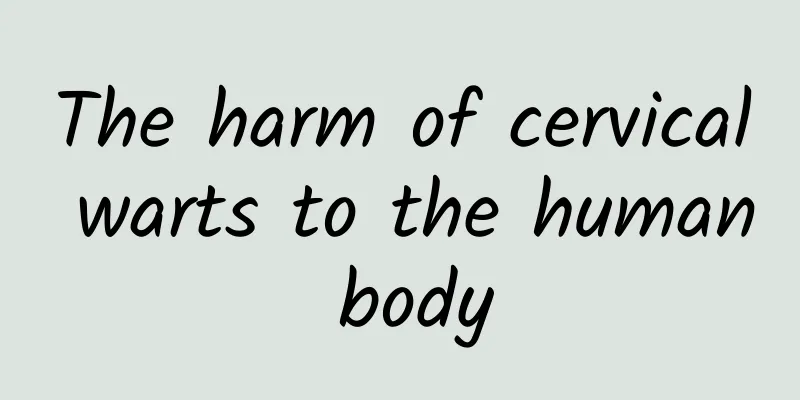Experts explain sports therapy for treating dysmenorrhea

|
Physical therapy is a common method for treating dysmenorrhea in clinical practice, and it is very effective in assisting the treatment of dysmenorrhea. What are the common physical therapies for treating dysmenorrhea ? Let's talk about the common physical therapies for treating dysmenorrhea. In general, common physical therapies for treating dysmenorrhea include: 1. Knee-chest exercise: Kneel on the bed, bend your waist, bend your forearms and stick them on the bed, press your chest down on the bed as much as possible, arch your hips high, and move forward gently. This head-low-hip-high position facilitates the outflow of menstrual blood, corrects the position of the posterior tilt of the uterus, relieves pelvic congestion, and is very effective in treating dysmenorrhea. Do it once in the morning and once in the evening. 2. Twisting the waist and hips: This is a common physical therapy for treating dysmenorrhea. Stand on the ground, feet shoulder width apart, hands on hips, knees slightly bent, waist and hips relaxed, twist the waist and hips from left to right. You can rotate 30 times continuously. 3. Put your hands on your hips and swing your legs: Stand on the ground and swing your feet alternately. The amplitude of the swing should be small at first and then large, and the speed should be slow at first and then fast. This is also an effective way to treat dysmenorrhea in a gradual manner. 4. Squat with your hands on your hips: Put your hands on your hips and squat with your legs down. Relax your whole body when squatting, and contract your anus and vagina when standing. Repeat 20 times. 5. Beating the lumbar sacrum: This is also a common method for treating dysmenorrhea. Stand on the ground with your feet shoulder-width apart and gently beat the lumbar sacrum with your fists. Repeat 30 times. 6. Massage the lower abdomen: Lie on your back in bed, rub your hands together to warm them up first, then place your hands flat on your lower abdomen and massage gently, first up and down, then left and right, and finally in circles until the area becomes red and hot. This is also helpful in treating dysmenorrhea, do it once a day in the morning and evening. The above is an introduction to the common methods of treating dysmenorrhea. I hope it will be helpful to everyone. Female friends should choose the method of treating dysmenorrhea that suits them according to their actual condition and should not choose blindly. |
<<: Experts explain the causes of moderate cervical erosion
>>: Experts explain the causes of secondary dysmenorrhea
Recommend
How much does an abortion cost?
The cost of medical abortion is usually between 5...
Prevention of cervical hypertrophy should be done in life
Among gynecological inflammations, cervical hyper...
When is the best time to have an abortion?
There is no "best time" for artificial ...
How long does it take to get menstruation after a miscarriage? What should you pay attention to after a miscarriage?
Abortion will more or less cause some damage to t...
The dangers of hyperprolactinemia cannot be ignored
Experts say that hyperprolactinemia refers to a s...
What are the contraceptive methods for women with cervical erosion?
Cervical erosion in women is a common gynecologic...
Women need to pay attention to the dangers of pelvic inflammatory disease
Pelvic inflammatory disease is a common disease a...
Several main clinical symptoms of vulvar leukoplakia
Vulvar leukoplakia is a disease that is very harm...
The secrets of how to beat the year-end fat
There are many birthday parties at the end of the...
Will cervical erosion cause back pain?
Will cervical erosion cause lower back pain? Cerv...
Diagnosis of irregular menstruation requires understanding whether the menstrual cycle is normal
Irregular menstruation is a common disease that t...
What foods can cause miscarriage? Eat less of these 4 foods
Pregnant women have very high requirements for th...
What causes ovarian cysts?
Ovarian cysts are a very common gynecological dis...
Is back pain normal after miscarriage?
Artificial abortion generally refers to artificia...
Do I need to be hospitalized for an abortion?
Being a mother is a happy feeling. Due to various...









